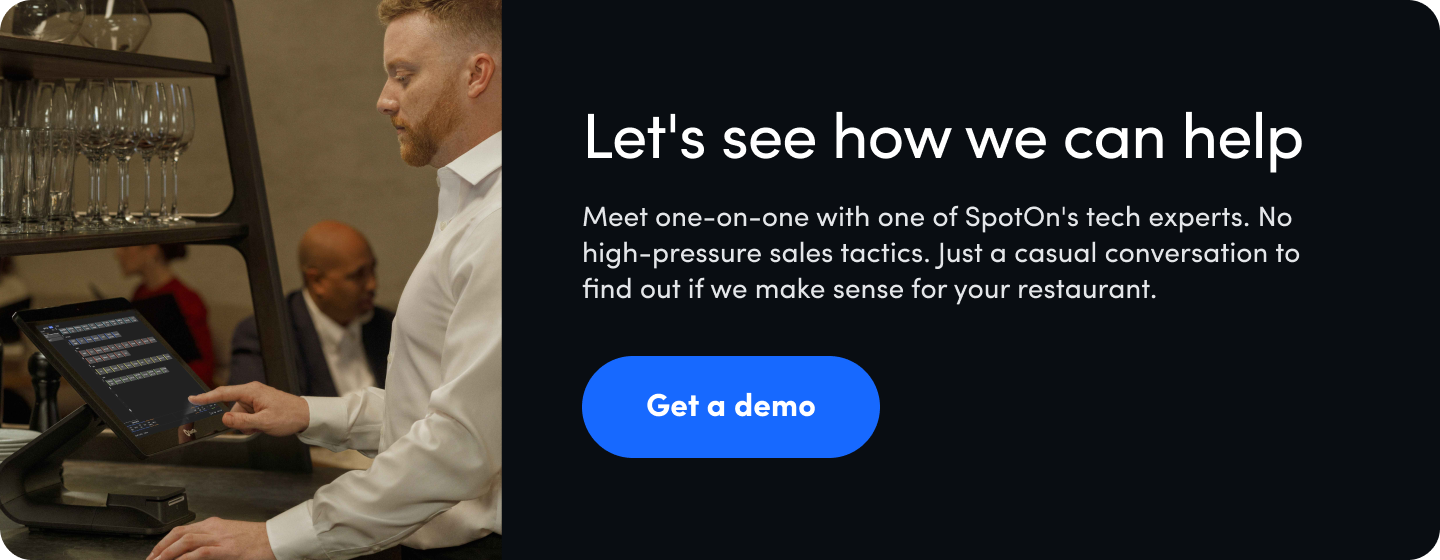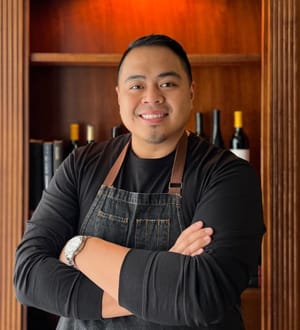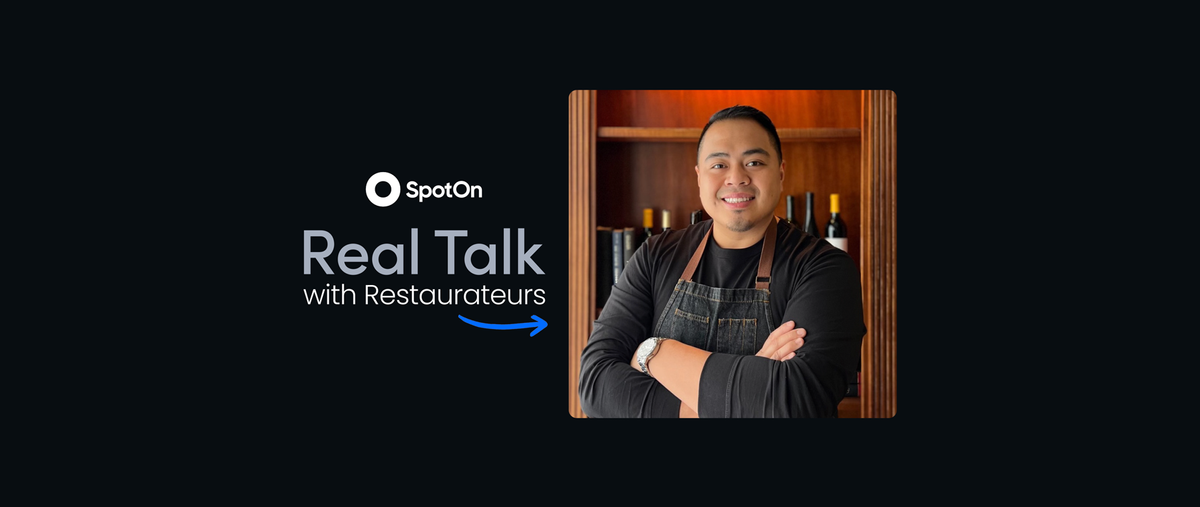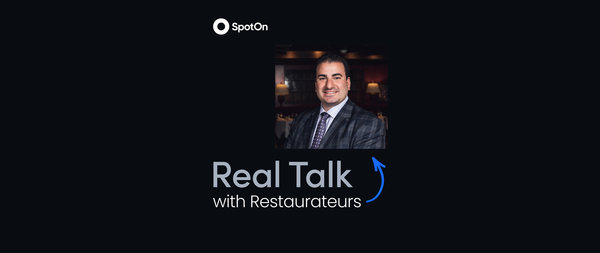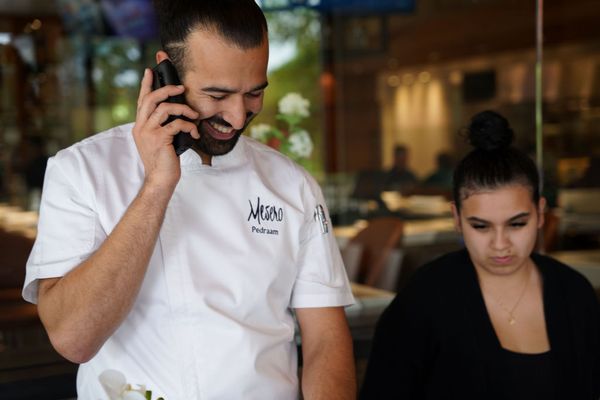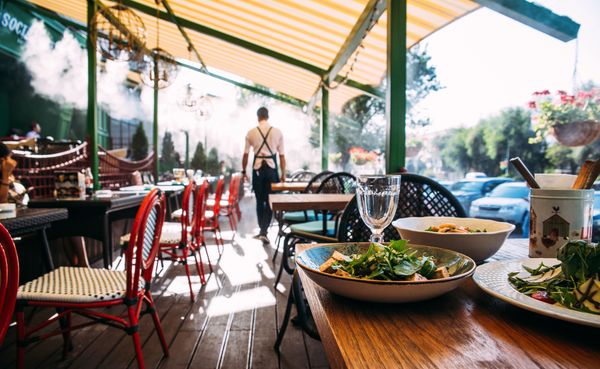JB Balingit is the owner of The Hideout Kitchen, Vic’s Martinez, and The Library Social Club. As a member of SpotOn’s Restaurant Advisory Council, he provides expertise, guidance, and real-time feedback for improving restaurant management technology. Here, he discusses the survivability of restaurant concepts, elevating the dining experience, and boozy brunch.
At my restaurants, nothing interrupts dinner. It doesn’t matter if the WiFi and power are out. As long as I have fire and a table, I’ll be serving food and giving my guests a fantastic dining experience. We can figure out how to run payments and all the rest later. You came in hungry, and I’m here to feed you. Because at the end of the day, restaurants are about two things: food and service.
As for tech? Tech can handle everything outside of food and service. It can drive awareness of your restaurant, make your operations more efficient, provide data and analytics, help with compliance and labor management—the list goes on. Tech provides restaurant owners with a toolbox. As every carpenter knows, you need every tool. No matter how many times you reach for a certain tool, it should be available, and it should be sharp.
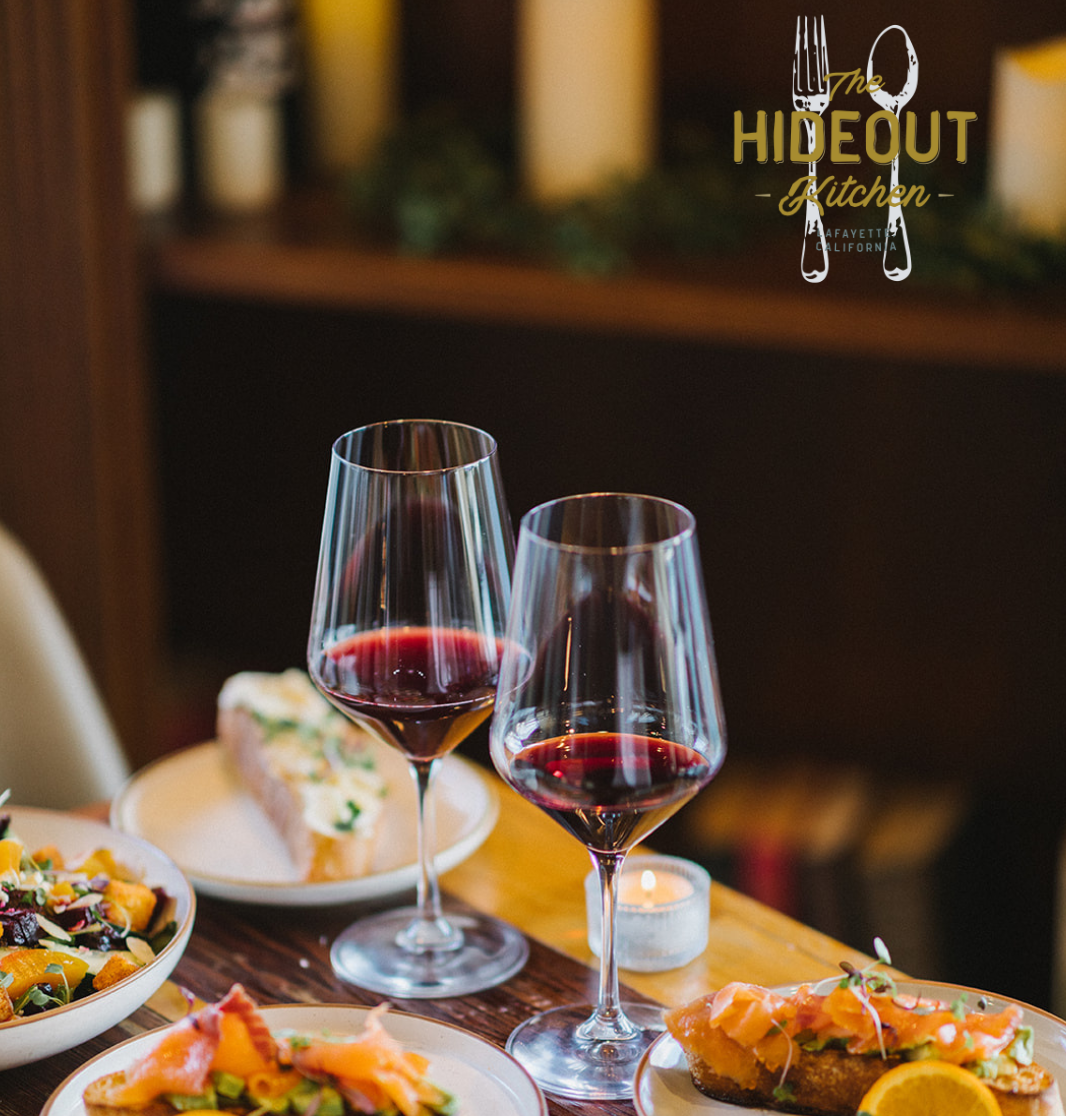
Last year, I closed one of my quick-service concepts, Guava Eats. Import costs were through the roof, and it was becoming unsustainable. Novelty dining, like Guava Eats, is the first victim of penny-pinching, so when the economy started to turn, I knew we had to shift our energy elsewhere. I’m focused on survivability. What does sustained success look like? How can I continue to provide an experience that is unique and genuine but also create backend systems that are foundational for consistency and profitability?
Restaurant tech helps us be in two places at once. It makes multi-unit management less difficult than it used to be. Ultimately, it makes the restaurant life liveable.
One thing that doesn’t factor into this equation: drastically cutting costs. I’ve always been adamant about turning every stone before cutting costs. If COGs are high and margins are low, many operators will go on a mad dash to increase sales through upselling and raising prices. Enter the $18 sweet potato fries. Since restaurants are about (say it with me) food and service, the first thing you would 86 from your budget is anything unrelated, like a marketing budget or social media expenses. But these days it is hard to stay relevant. There are so many options being fed to you. I could say “dinner reservations near me” right now, and my phone will find 16 different suggestions. It’s a game, but a necessary one to play to stay relevant.
In my opinion, to increase sales, you have to improve the experience. It’s about giving your servers more time and information to showcase a bottle of wine. Educating your staff on where the mussels come from. It’s not just about making a sale. Elevating the experience can justify an elevated price tag. To do so, we focus on friendships, sincere service, good music, and a comfortable, unpretentious environment that is equitable. We’re a great representation of the new America and the young Bay Area. It’s not about going viral, sprinkling salt on a steak, and charging $1,500. For us, it’s more about my mom’s homemade ube sauce that’s in our crème pâtissière and pouring mimosas in an apron at 10 am to celebrate Sunday.
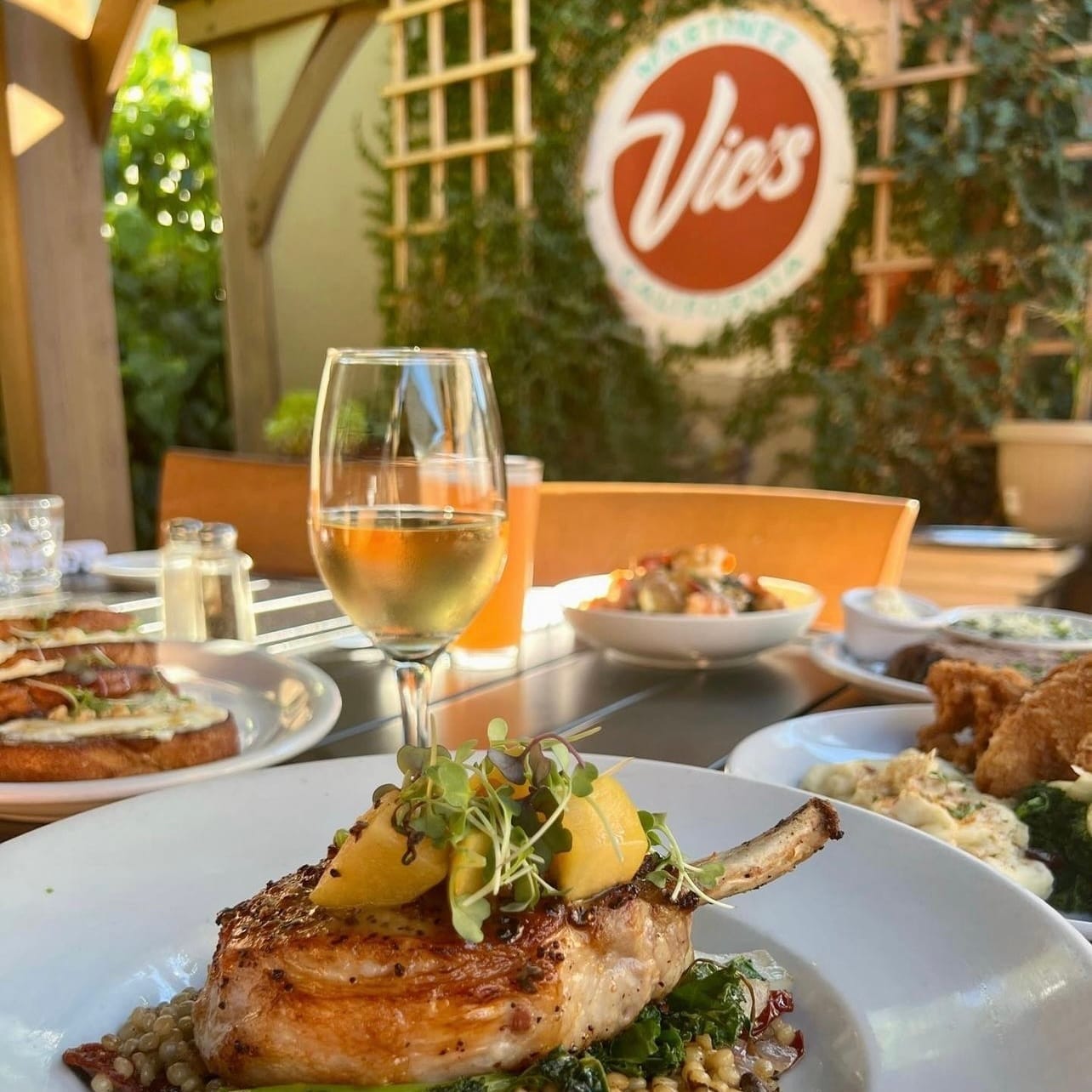
Over the last 8 years, our profits haven’t decreased, not even a breakeven year on year. I attribute the steady increase to our service and the familiarity our guests feel. When I run preshift, I tell servers, “I want people to start asking for you—not me. They’re coming to visit you in your home.” Everybody’s bought in. It’s a collective effort for collective gain. It’s reflected in the energy of our service. We get compliments all the time on how much fun we’re having. When our servers want to be there, it helps cultivate our guests’ desire to be in that space.
We want to be the only option in town. I want people to think: Where do you want to go to grab a really good quick lunch in a comfortable space that doesn’t break the bank? What about a really nice dinner with some great craft cocktails? Where do you want to get a boozy brunch? And be able to answer all those questions with my restaurants. Specifically, at The Hideout Kitchen, we know how to create new experiences by dimming the lights, opting for candles, and swapping out paper napkins for linen. Our servers change their vocabulary, the music changes, and suddenly the rowdy Sunday brunch spot becomes the perfect date night. It’s a one-stop shop.

It’s a tough time to run a restaurant. For many, margins are non-existent. But there are bright spots if you look for them. In June of this year, I opened a new concept, The Library Social Club. It's a wine bar that will allow my longtime manager to grow with a relatively low cost of entry. I am also excited to announce that our hidden gem of a restaurant, The Hideout Kitchen, is moving to a new, larger space in January of 2024. I have been pivoting towards more Filipino-inspired dishes, a value-driven cuisine that was never meant to be extravagant and can be endlessly tweaked. Enter Finders Keepers… a Filipino-inspired cocktail lounge that will take over the current space of The Hideout Kitchen in the first quarter of 2024. The success of our brunch service has led me to expand our breakfast offerings at Vic’s Martinez. It’s not all going to work out. But as long as I’m focused on food and service, pouring 10 am mimosas in my apron, it will surely be a good time.
